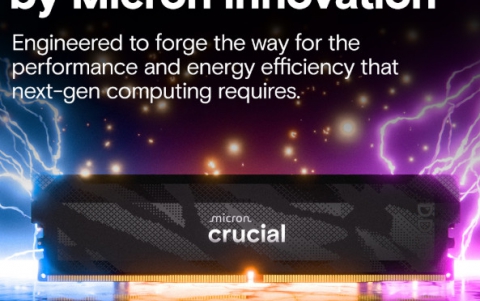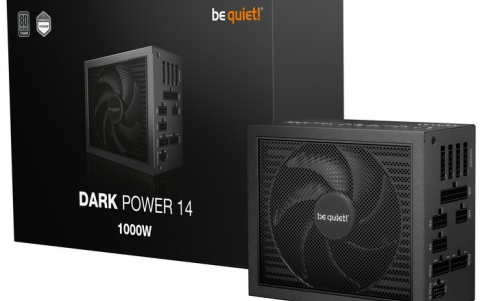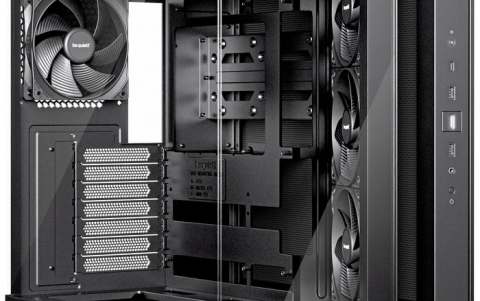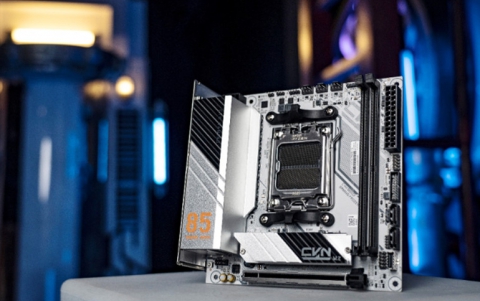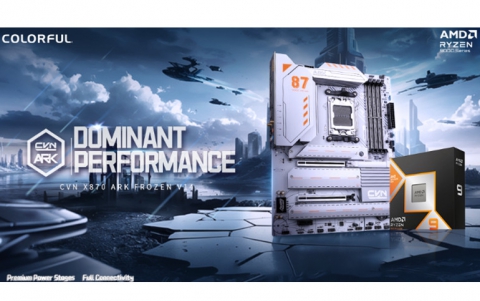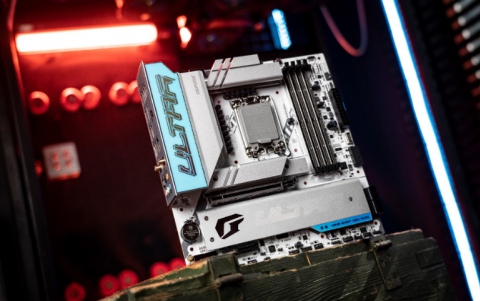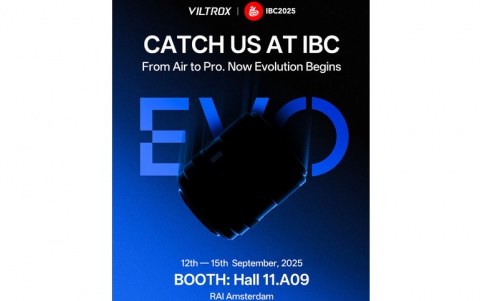1.3GB Fujitsu Magneto-Optical MCE 3130 AP and SS
4. Performance tests
Performance tests
We assessed the writing and reading performance of the MCE3130SS Ultra-SCSI and MCE3130AP ATAPI MO drives using SCSI Mechanic v.3.0 as the testing software. We tested both drives with MO disks of varying capacities supplied to us by Fujitsu. The disk capacities were 1.3GB, 640MB, and 540 MB. We also tested the drives using 230MB disks manufactured by Verbatim. For all our tests we formatted the disks under HD-FAT32. The DMA option was enabled for the IDE model during our tests and also Sync Data Transfer option was set on for the SCSI model tests.
Test machine
- OS: Windows Me
- Processor: AMD 650 MHz
- M/B: QDI K7V8363 KINETIZ 7T, 128MB SDRAM
- H/D: WD 10.2 GB UDMA 66
The results are shown in the chart below.
SCSI MECHANIC RESULTS
| Media Read | Media Write | ||||||
| MO Drive | Disk Capacity |
Random | Sequential | Butterfly | Random | Sequential | Butterfly |
| MCE 3130 AP |
1.3GB | 1722 |
3504 |
1085 |
837 |
933 |
580 |
| 640MB | 1285 |
3108 |
974 |
750 |
1320 |
666 |
|
| 540MB | 1256 |
2593 |
925 |
565 |
800 |
468 |
|
| 230MB | 853 |
1615 |
735 |
501 |
640 |
326 |
|
| MCE 3130 SS |
1.3GB | 1732 |
3496 |
2193 |
611 |
1330 |
1331 |
| 640MB | 1308 |
3103 |
2158 |
775 |
1660 |
3103 |
|
| 540MB |
1252 |
2600 |
1963 |
560 |
1820 |
1300 |
|
| 230MB |
852 |
1521 |
1530 |
375 |
2630 |
920 |
|
The following charts provide a visual presentation of the above data and present a reading and writing performance comparison among the various MO media. All disks were tested in random, sequential and butterfly mode access modes.
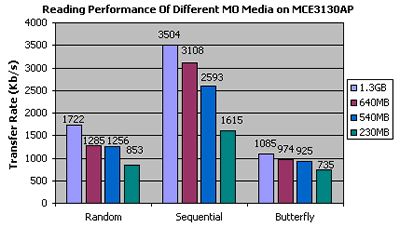
In the random access test, MC 3130AP manages to reach a 1722 Kb/sec transfer rate while reading from the Fujitsu 1.3GB MO disk. Rates seem to be lower when the drive reads from 640MB or lower capacity disks. It seems that LIM-DOW technology has not matured yet. The simultaneous use of both land and groove bits forces the drive to spin at a lower speed!
The sequential reading performance climbs to 3504kb/s for the 1.3GB disk and becomes lower as the tested media are of lower capacities. The same reading behavior appears also in the butterfly reading tests, where the transfer rates start from a 1085kb/sec (1.3GB) transfer rate to gradually come down at a 735kb/s rate for the 230MB disk. It seems as the rate difference in this case diminishes. Older (and thus lower capacity) disk formats compete more efficiently with newer (and presumably) more efficient disks. This is normal, however, as this type of test exercises heavily the pickup head in seek time loads. As this time decreases only marginally at the newer formats, this behavior is normal.
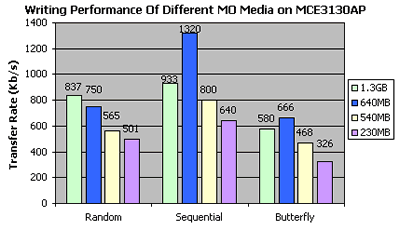
In the random writing performance tests, MC 3130AP gave an 837 kb/sec transfer rate when used with 1.3GB MO disks. Sequential writing test gave an unexpected result for the 640MB disk. The 1320 kb/sec transfer rate is the best among the other media performances, including the 1.3GB disk. The same applies to the butterfly tests as well. This obviously reveals a better compatibility of MC 3130AP with 640MB media in writing sessions, and is due to limitations of the current drive series in dealing with media recorded both in land and grooves. We expect this to change when newer drives compatible with the 1.3GB medium will be introduced.
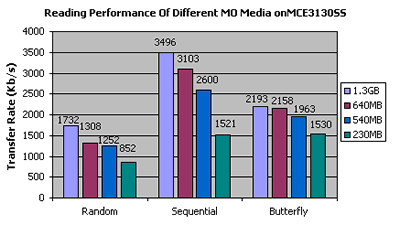
As you can see in the chart on the left, the MC 3130SS model has the same transfer rate performance as the ATAPI model in the random and sequential tests. The results are better in the butterfly tests, where the transfer rates are much higher than those offered by the ATAPI model.
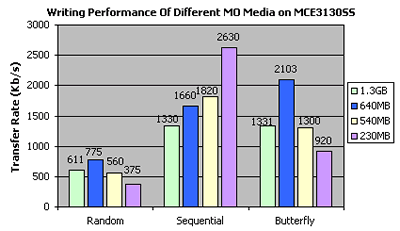
In the random writing tests, the 640 MB disk offered the best performance (775kb/sec) among the other media tested. The sequential writing results place the 230MB disk in the first position with a 2630 kb/sec transfer rate. The 540 MB disk is in the second place, giving a 1820kb/sec rate. The 640 MB disk performed better in the butterfly test, where it gave the highest result (2103kb/sec). The 1.3GB and 540BM media gave the same transfer rates, approximately 1300kb/sec and finally, the Verbatim 230MB disk performance, reached only 920kb/sec.
Considering the test results above, we could say that the Fujitsu MC 3130AP (ATAPI) and MC 3130SS (SCSI) models behave almost the same when reading the various MO media. The main performing differences come in the writing sessions, where the SCSI model seems to give higher transfer rates. This is certainly not due to any BUS superiority, as this would apply in the reading case as well. We may thus safely assume that it is due to a firmware restriction. Probably the SCSI models are based on a higher quality lasers! (Might it be the case that during production the best apparatus is probably used on the SCSI models, and those passing the quality tests next are used for the ATAPI models?)

We also tested the access times of the drives using same media capacities as previously. The software that was used in this case was the Ziff Davis “Media’s WinBench 99 v.1.2”. The ATAPI model gave the same access time results as the SCSI drive. The best performance (36.1 msec) comes from the lower capacity disk (230MB). The drive accessed the 540MB and 640MB disks at an average of 37 milliseconds throughout the media’s surface. The highest access time was given when the tested media had a capacity of 1.3GB.

